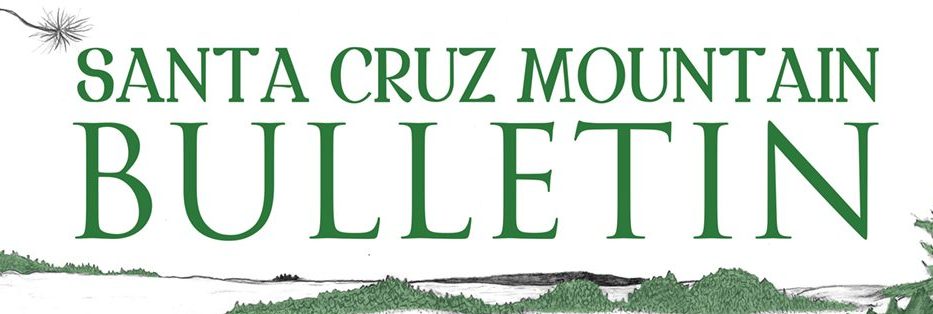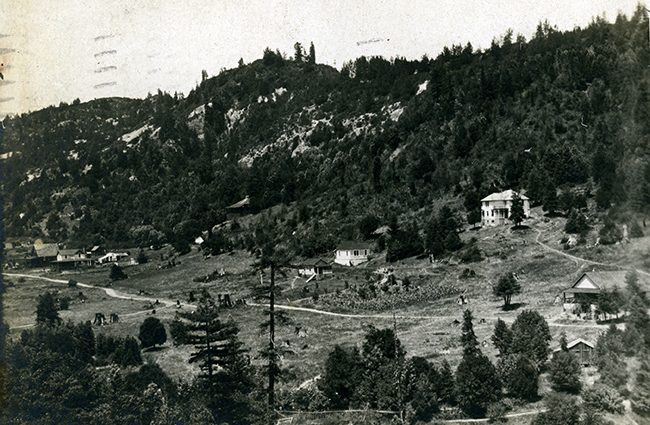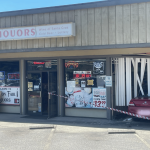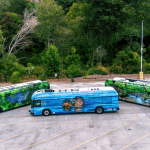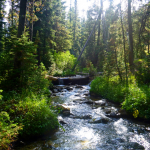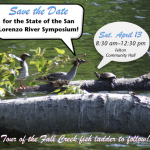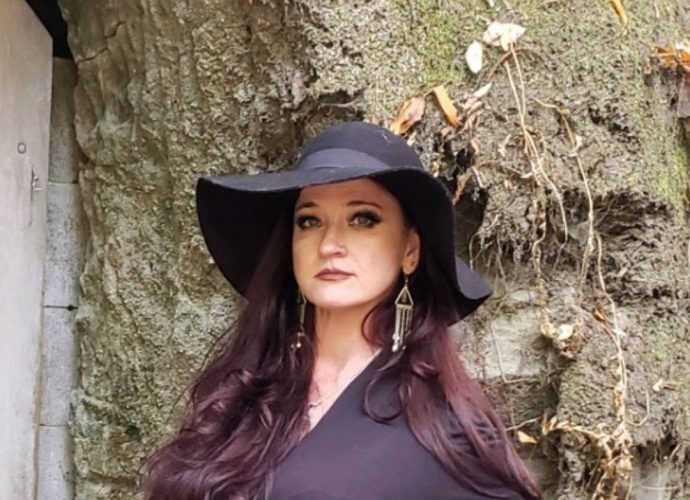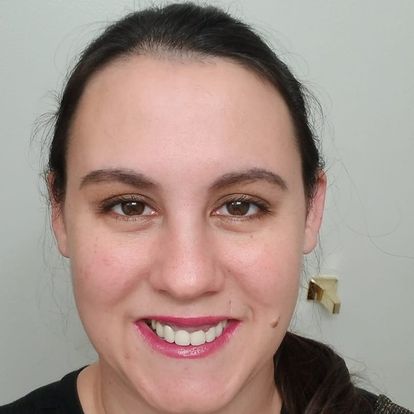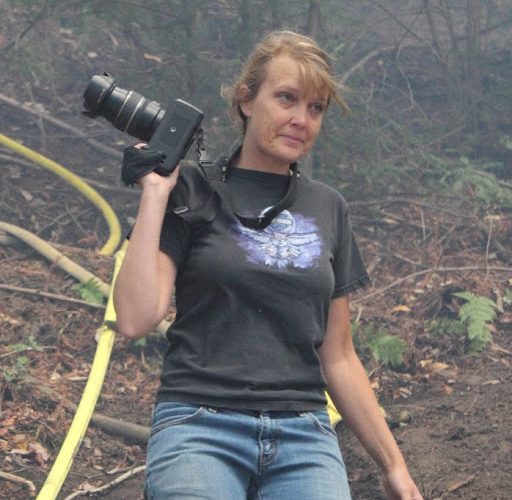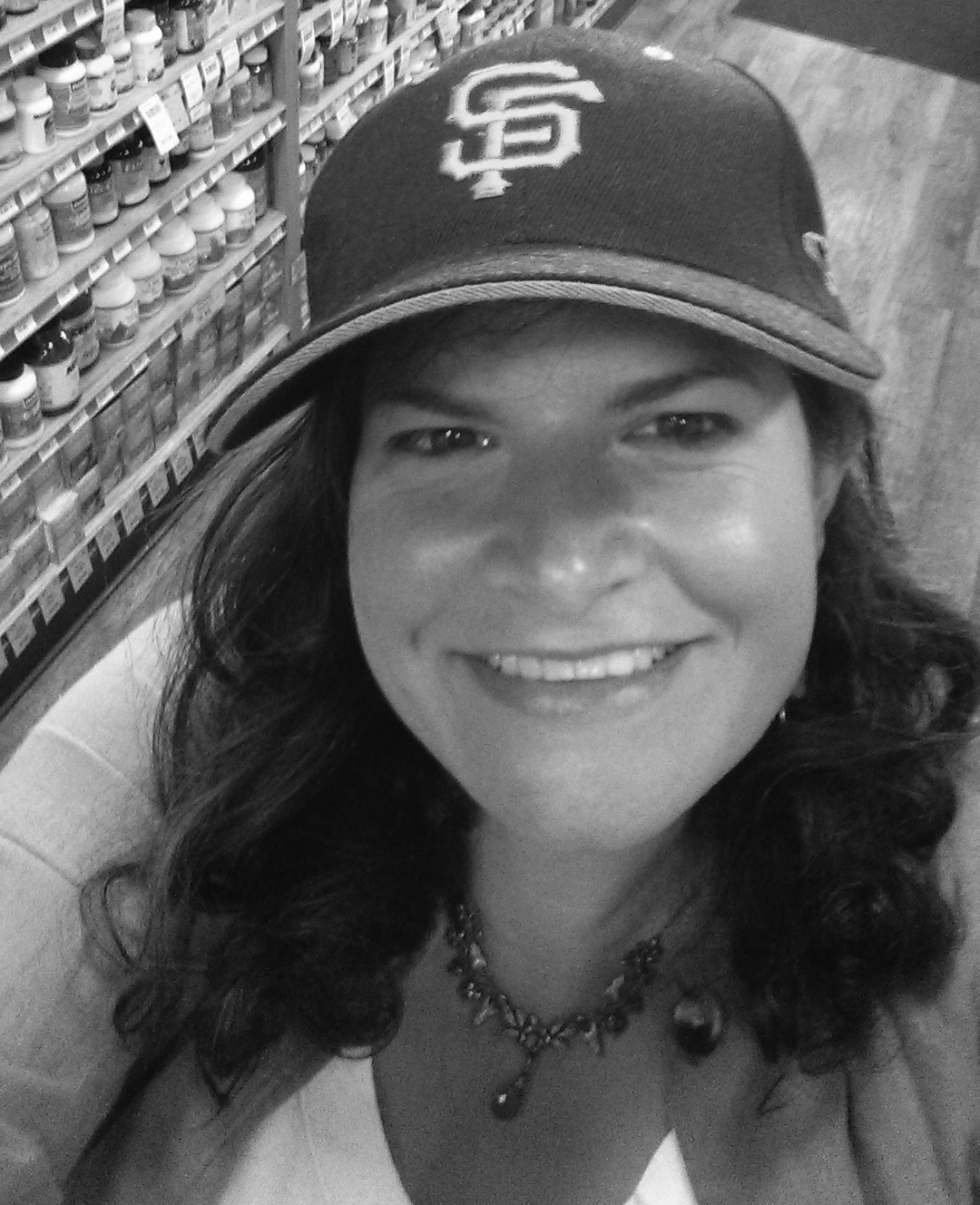By Lisa Robinson
One of the most popular places to walk in the Valley is along West Park Avenue, especially during this COVID-19 shelter-in-place mandate. It is a great place to walk or run a stroller, walk a dog, or ride bicycle for younger folks. It is relatively flat; about one and a half miles long from end to end; and many of the properties that line the road are steeped in history.
Pictured here is the west end of West Park Avenue around 1908. The second house on the left is 14636 West Park the Shreve-Brown-Bromert home. As you walk past the home check out its blue plaque.
The tract was laid out as Forest Park resort by Judge James S. Drake in 1905. The resort included two hotels. The Forest Park Hotel, with rates of $5 per week and camping for $1 per week; and Resthaven with rates of $9 per week. There was also an Osteopathic School and Health Home run by Dr. N. W. Attebery. The school boasted “competent instructors and demonstrators,” with discounts for matriculation and graduation for the first ten students. Patients could elect to stay in furnished tents or rooms and would have access to home cooking, mountain spring and medicinal waters. Rather than use drugs, the school taught natural methods for the restoration of their patient’s health “by the manipulation of the nerve centers and the correction of the [patient’s] magnetic condition.”
Another home sporting a blue plaque is the Bonebrake/Johnson home. The Sentinel described John Bonebrake as a wealthy merchant from Oklahoma who would “commence to improve … with concrete sidewalks and macadamized streets.” Stating that this would make Park Avenue “the finest drive in town.”
Now, before highway 236 was constructed, West Park Avenue was the road to the Big Basin and the California Redwood Park, but this is not why it was so named.
There was to be an East Park Avenue too. This road was to run parallel to Bear Creek Road on the south side of the creek, joining Forest Park on the west with Bonny Brier Park on the east. More on Bonnie Brier Park next issue.
Blue plaques are a way of highlighting Santa Cruz County’s diverse heritage, through its buildings and structures and the stories and history behind them. While the Santa Cruz Museum of Art & History authorizes the plaques, which are paid for by the owner of the property, the designation is purely honorary, has no legal implications, and is not connected with the City or County historic building surveys. If you are interested in a plaque for your building please contact lisaar@yahoo.com
